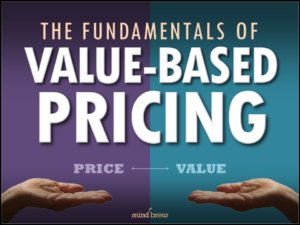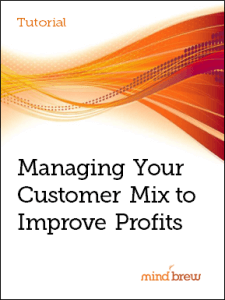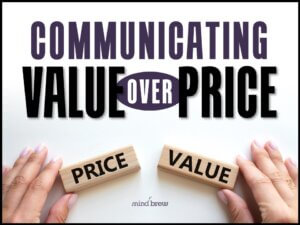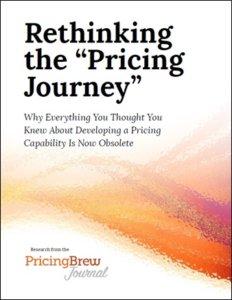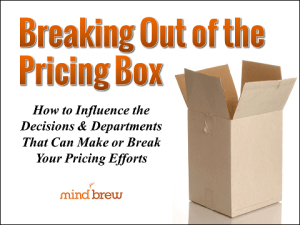Psst. Wanna know a secret?
Your customers have probably never considered your most powerful value drivers. And that’s completely okay.
The best way to illustrate what I mean might be with a personal story.
My family recently switched from doing our own grocery shopping to having our groceries delivered. Our big reason for doing so was that we just didn’t have time to go to the supermarket ourselves. We were in the process of selling a house, buying a house, and moving. Free time was at a premium. When we saw that our grocery store was offering a delivery service that could save us time, we were in.
The way this particular service works is that you pay $15 a month or $99 a year to have groceries delivered as often as you like, as long as you spend at least $35 per order. You shop for your groceries through an online app or Web app, where the prices are just slightly higher than they are in the store. (For example, in the store, butter was $2.79; on the app, it was $2.85.) Tipping your shopper/delivery driver is optional.
All the advertising for this service emphasizes the convenience factor. And while we’re usually the sort of family who really likes to get the best deal available on our groceries, we decided that paying a little more was worth it for this short period of time because we really needed the convenience.
But what we found was that we actually spent less on groceries per week when we used the delivery service — even when we factored in the fees and tips.
It turns out that we were doing a lot more impulse buying than we thought. Even though we always go to the store with a list, we usually buy a couple of extra things because they are on sale or because they look really good (or because one of the kids bugged us so much that we bought something).
Now if the delivery service advertisements had emphasized this value-driver, you better believe I would have given it a try long before I actually did. If they had said something like, “No more impulse buys! The average family saves $20 per week — even after the delivery charges and tip — by using this service,” I would probably have been intrigued enough to give it a try. I might even have been willing to pay a little more for it.
In my opinion, my grocery store is missing out on a big opportunity by not emphasizing a value driver that most customers haven’t considered.
So what are the drivers you aren’t currently emphasizing that could drive your customers to value your product or service more highly?
The only way to find out is to do a lot of research. Talk to current customers and prospects to find out what is important to them and what their experience is with your product. You’ll also need to do some competitor research to find out where you have an advantage.
Once you come up with some likely candidates, you’ll also need to test them to make sure they are valid. If people who shop at my grocery store don’t really care about their weekly budget, then advertising savings obviously isn’t a good idea.
But if you can identify a valid “secret” value-driver, that can yield huge dividends in terms of the price you can charge and the number of prospects you will convert into customers.
To learn more about identifying value drivers, watch the webinar on The Fundamentals of Value-Based Pricing. It outlines a simple four-step process that can help find your hidden value drivers.
I don’t think my grocery store did enough homework on the value drivers for its delivery service. (In fact, given my experience with the service, I’m not entirely sure that this service is going to be a money-making proposition for them.) Don’t let your company make the same mistake.

